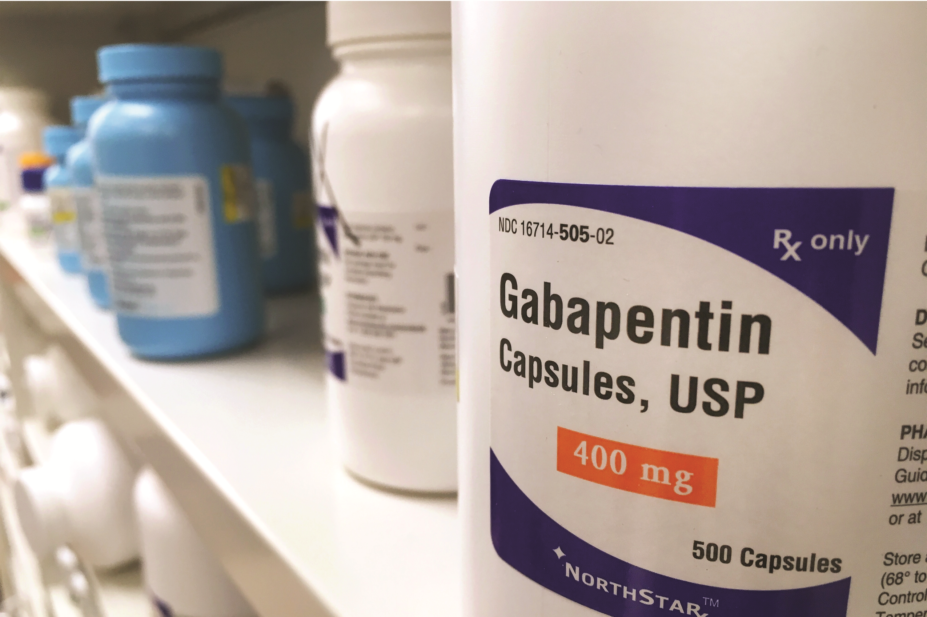
Shutterstock.com
The rate of new patients in primary care treated with gabapentinoids — either gabapentin or pregabalin — in the UK has tripled over the last decade, research has shown.
The research, published in JAMA
(27 November 2018) found that from 2007 to 2017, the rate of patients newly treated with gabapentin increased from 230 to 679 per 100,000 people per year.
Meanwhile, the rate of patients newly treated with pregabalin increased from 128 to 379 per 100,000 people per year over the same time period.
Gabapentinoids have been approved in the UK for the treatment of epilepsy, neuropathic pain, migraines and generalized anxiety disorders. But according to the research, by 2017, 50% of gabapentinoid prescriptions were for an off-label indication and 20% had a co-prescription for opioids.
The research paper warned: “Given the safety concerns of gabapentinoids and the lack of robust evidence supporting their efficacy in cases of non-neuropathic pain, caution is necessary when prescribing gabapentinoids, especially among patients also prescribed opioids.”
In October 2018, the government announced that pregabalin and gabapentin would be reclassified as Class C controlled substances over concerns about their misuse. The drugs have been associated with a growing number of drug-related deaths, particularly when used in combination with opioid painkillers.
The researchers noted limitations to the study, however, as reasons for patients’ gabapentinoid prescriptions “were inferred from patients’ medical history”, with an indication for a gabapentinoid prescription only identified in 60% of all newly treated patients.
The research was conducted on data from primary care practices using the clinical practice research datalink (CPRD) — a database of primary care medical records from more than 15 million patients in the UK.


